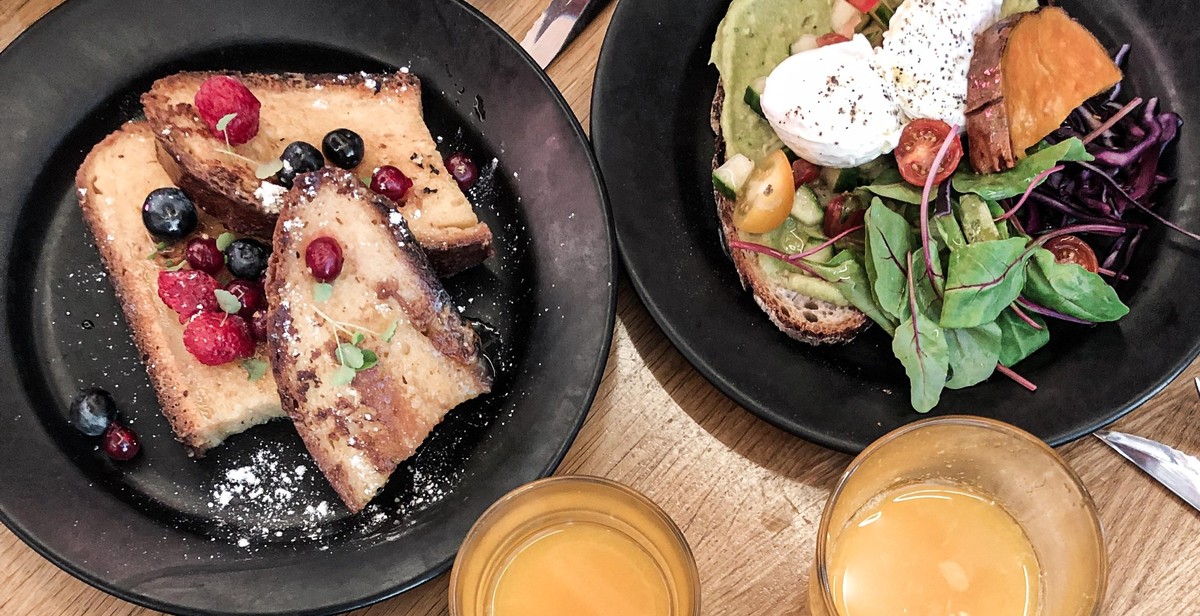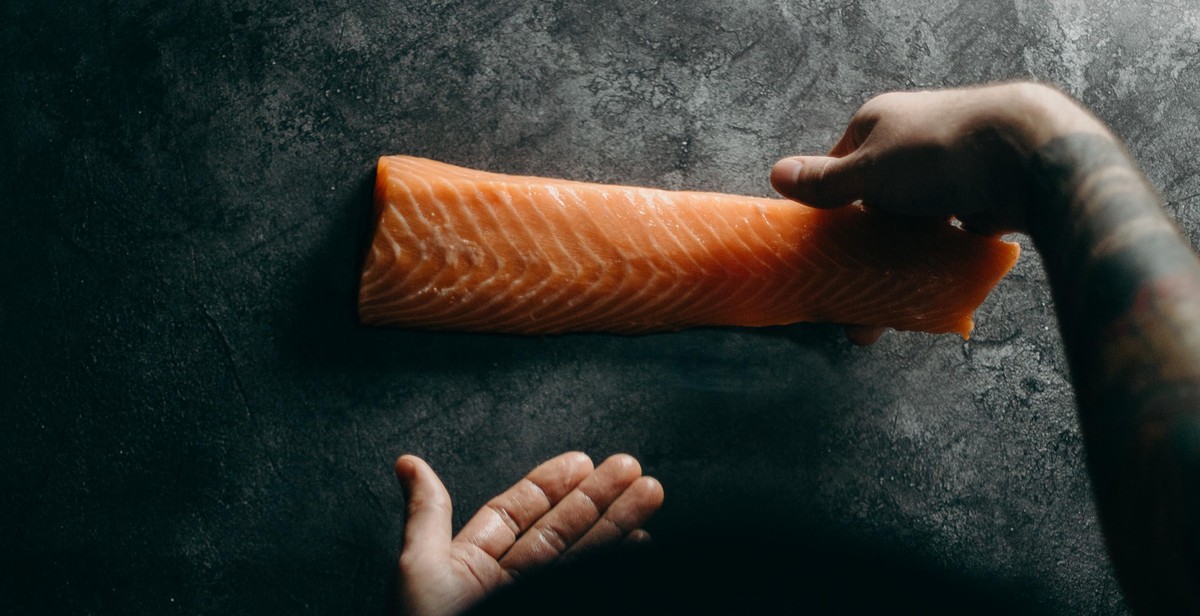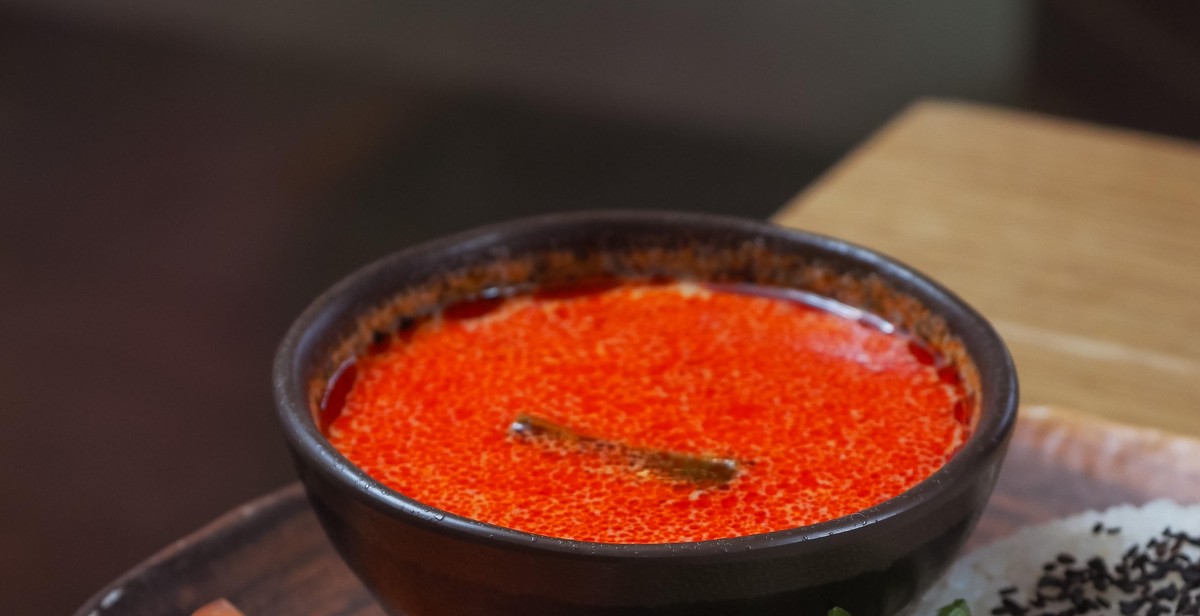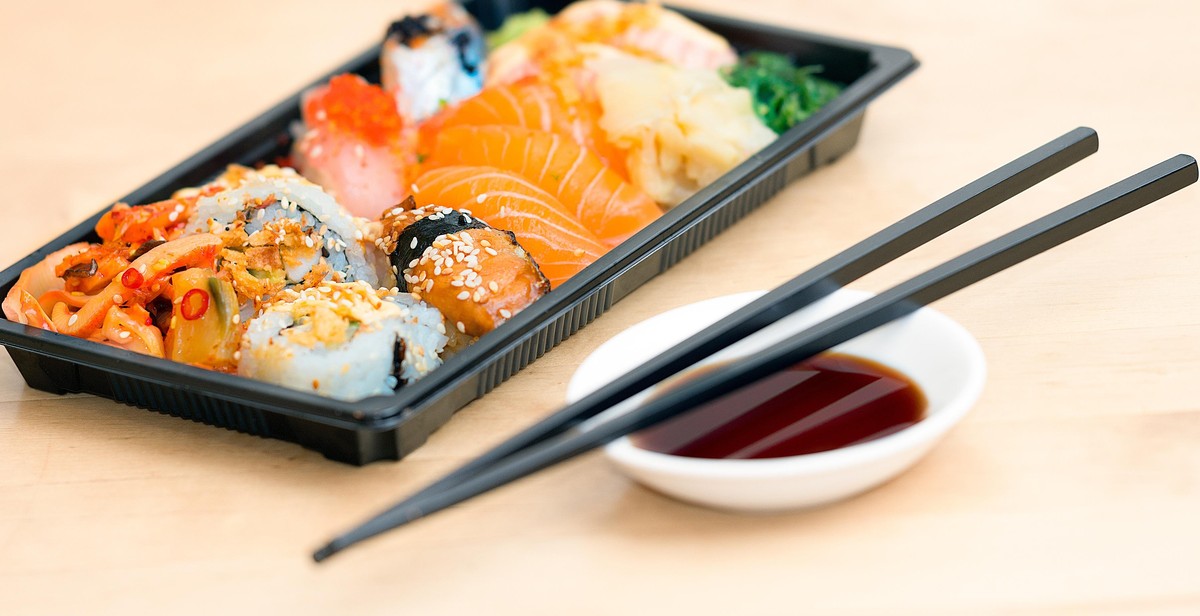How to Grill Flavorful and Moist Salmon Filets: An Introduction
Grilling is a popular cooking method that imparts a unique flavor and texture to food. When it comes to grilling seafood, salmon is a top choice for many people. Not only is it delicious, but it is also packed with essential nutrients such as omega-3 fatty acids, protein, and vitamin D.
Grilling salmon filets can be a bit tricky, as they tend to stick to the grill and dry out quickly. However, with the right techniques and tools, you can achieve perfectly grilled, flavorful, and moist salmon filets every time.
Why Grill Salmon?
There are several reasons why grilling salmon is a great choice:
- Health Benefits: As mentioned earlier, salmon is a nutrient-dense food that provides many health benefits.
- Flavor: Grilling salmon enhances its natural flavor and gives it a smoky taste.
- Versatility: Salmon can be flavored in many different ways and can be served with a variety of sides and sauces, making it a versatile ingredient for any meal.
- Easy to Grill: With a few simple techniques, grilling salmon can be a quick and easy way to prepare a healthy and delicious meal.
Now that we know why grilling salmon is a great choice, let’s dive into the techniques and tips for grilling flavorful and moist salmon filets.

Choosing the Right Salmon
When it comes to grilling salmon, choosing the right type of salmon is crucial to achieving the perfect flavor and texture. There are two main factors to consider when selecting salmon: whether it’s fresh or frozen, and whether it’s wild or farmed.
Fresh vs. Frozen Salmon
While fresh salmon may seem like the obvious choice, frozen salmon can actually be just as good, if not better. This is because most “fresh” salmon has actually been previously frozen and thawed for sale. Frozen salmon, on the other hand, is typically frozen at sea, which helps to preserve its flavor and texture.
If you do decide to go with fresh salmon, make sure to check its freshness by looking for clear eyes, shiny skin, and a firm texture. Fresh salmon should also have a mild, oceanic smell. If it smells fishy or sour, it’s likely past its prime.
Wild vs. Farmed Salmon
Another important factor to consider when choosing salmon is whether it’s wild or farmed. Wild salmon is caught in its natural habitat, while farmed salmon is raised in pens or tanks. While both types of salmon can be delicious, there are some key differences to keep in mind.
- Wild salmon tends to be leaner and have a firmer texture than farmed salmon.
- Farmed salmon is typically fattier and milder in flavor than wild salmon.
- Wild salmon is generally considered to be more sustainable and environmentally friendly than farmed salmon.
Ultimately, the choice between wild and farmed salmon comes down to personal preference and values. If you prioritize sustainability and environmental impact, wild salmon may be the better choice. If you prefer a milder flavor and fattier texture, farmed salmon may be more your style.
| Type of Salmon | Pros | Cons |
|---|---|---|
| Wild | Leaner, firmer texture; more sustainable and environmentally friendly | Can be more expensive; may have a stronger flavor |
| Farmed | Milder flavor, fattier texture; more affordable | May be less sustainable and environmentally friendly; may contain more contaminants |
Ultimately, whether you choose fresh or frozen, wild or farmed salmon, the key is to select high-quality salmon that’s been handled properly and is as fresh as possible. When you start with great ingredients, you’re well on your way to grilling flavorful and moist salmon filets.

Preparing the Salmon
Before grilling your salmon filets, it is important to properly prepare them. This involves thawing the salmon, removing the skin, and seasoning it with the right ingredients. Here’s how to do it:
Thawing the Salmon
The first step is to thaw your salmon filets if they are frozen. To do this, place the frozen filets in the refrigerator and let them thaw overnight. If you need to thaw them quickly, you can place them in a sealed plastic bag and submerge them in cold water for 30 minutes. Avoid using hot water as it can start cooking the fish and affect the texture and flavor.
Removing the Skin
After thawing, it’s time to remove the skin from the salmon filets. This is an optional step, but removing the skin can help prevent the fish from sticking to the grill and make it easier to eat. To remove the skin, place the salmon skin-side down on a cutting board and use a sharp knife to slice between the skin and flesh at one end of the filet. Hold onto the skin with one hand and slowly slide the knife along the length of the filet, using a sawing motion to separate the skin from the flesh. Discard the skin and repeat with the remaining filets.
Seasoning the Salmon
Now that your salmon filets are ready, it’s time to season them with the right ingredients to enhance their natural flavor. You can use a simple seasoning of salt and pepper or get creative with a variety of herbs, spices, and marinades. Some popular options include:
- Lemon herb seasoning
- Garlic butter marinade
- Cajun spice rub
- Soy sauce and brown sugar glaze
Whichever seasoning you choose, be sure to coat the salmon filets evenly on both sides and let them marinate for at least 15 minutes before grilling. This will help the flavors penetrate the fish and make it more flavorful and moist.
| Tip: | For a more intense flavor, you can also score the salmon filets by making shallow cuts across the flesh with a knife before seasoning them. This will help the seasoning penetrate even deeper into the fish. |
|---|

Grilling the Salmon
Grilling salmon is a great way to enjoy the flavorful and moist taste of this popular fish. Here are some tips to help you grill perfect salmon filets every time:
Preheating the Grill
Before grilling the salmon, make sure to preheat the grill to a medium-high temperature of around 375°F. This will ensure that the salmon cooks evenly and doesn’t stick to the grill grates.
Oil the Grill Grates
To prevent the salmon from sticking to the grill grates, it’s important to oil them before grilling. You can use a brush or a paper towel to apply a thin layer of oil to the grates.
Grilling Time and Temperature
The ideal grilling time for salmon is around 5-7 minutes per side, depending on the thickness of the filets. The internal temperature of the salmon should reach 145°F for it to be fully cooked. It’s important to avoid overcooking the salmon as it can become dry and lose its flavor.
| Salmon Thickness | Grilling Time | Internal Temperature |
|---|---|---|
| 1/2 inch | 3-4 minutes per side | 145°F |
| 3/4 inch | 5-6 minutes per side | 145°F |
| 1 inch | 6-7 minutes per side | 145°F |
Flipping the Salmon
When grilling salmon, it’s important to only flip it once during the cooking process. This will ensure that the salmon cooks evenly and doesn’t fall apart. Use a spatula to gently flip the salmon over after 5-7 minutes of grilling.
By following these simple tips, you can grill flavorful and moist salmon filets that are sure to impress your family and friends.

Serving the Salmon
Once your salmon filets are grilled to perfection, it’s time to garnish and serve them in style. Here are some tips to make your salmon dish look as good as it tastes:
Garnish with Herbs
Add some fresh herbs to your salmon dish to give it a pop of color and flavor. Dill, parsley, and chives are all great options that pair well with salmon. Simply chop them up and sprinkle them over the top of your filets.
Serve with Sauce
Salmon is delicious on its own, but serving it with a flavorful sauce can take it to the next level. Try a classic hollandaise sauce or a tangy lemon butter sauce. You can also make a simple sauce by mixing together olive oil, lemon juice, and garlic.
Pair with Sides
Complete your salmon dish with some delicious sides. Grilled asparagus, roasted potatoes, and a fresh green salad are all great options that complement the flavors of the salmon.
Present on a Platter
Finally, present your salmon dish on a beautiful platter to impress your guests. Arrange the filets neatly and garnish with herbs and lemon slices. You can also add some colorful vegetables to the platter to make it even more visually appealing.
| Garnish | Sauce | Sides | Platter |
|---|---|---|---|
| Herbs | Hollandaise sauce | Grilled asparagus | Beautiful platter |
| Lemon butter sauce | Roasted potatoes | Garnish with herbs and lemon slices | |
| Olive oil, lemon, and garlic sauce | Fresh green salad | Add colorful vegetables |
